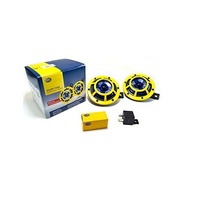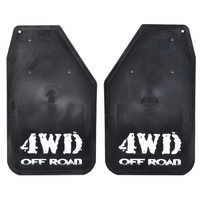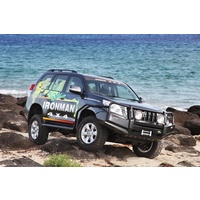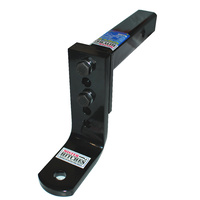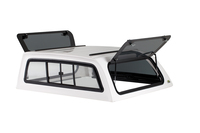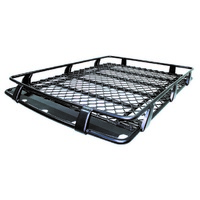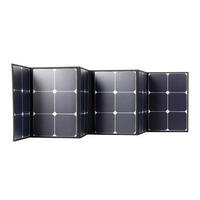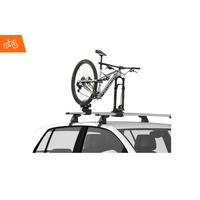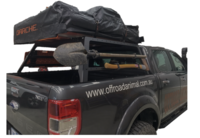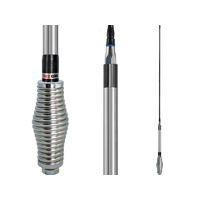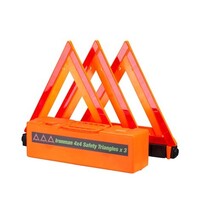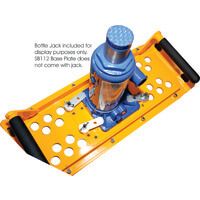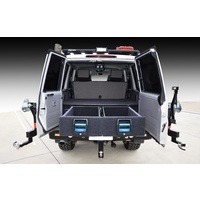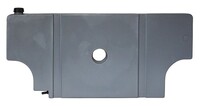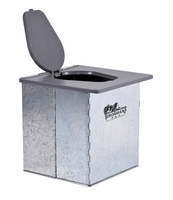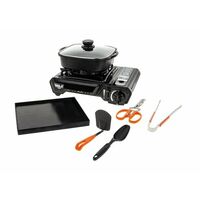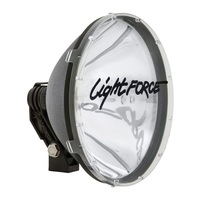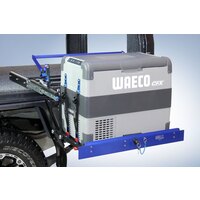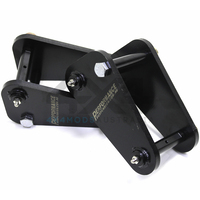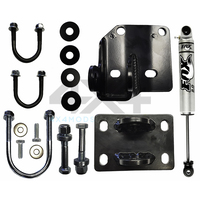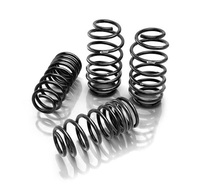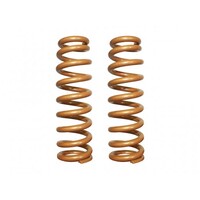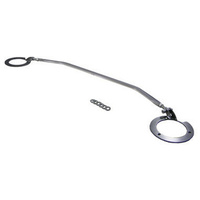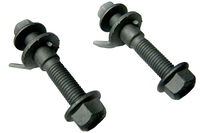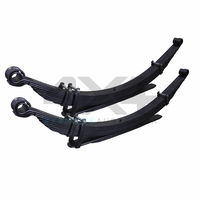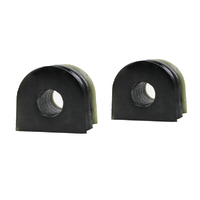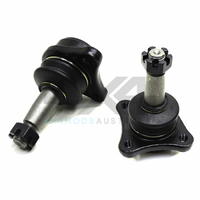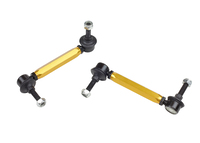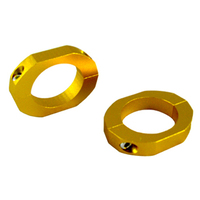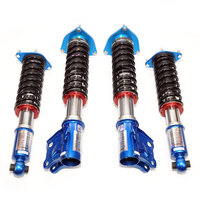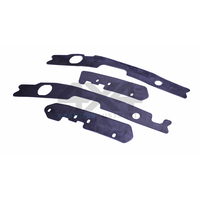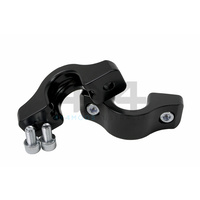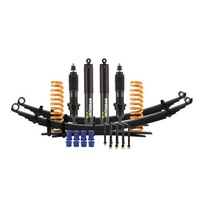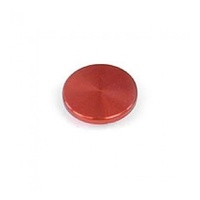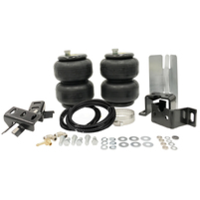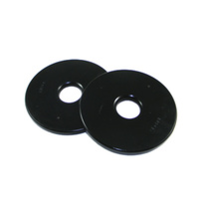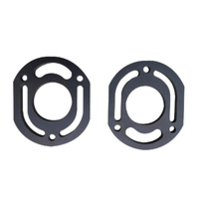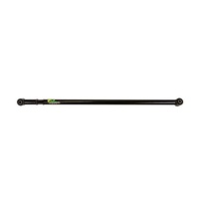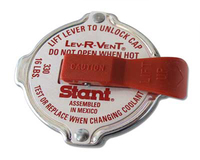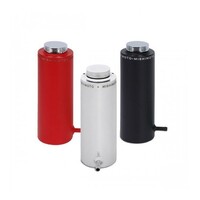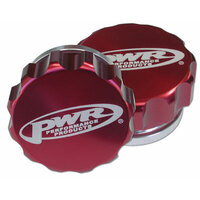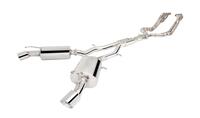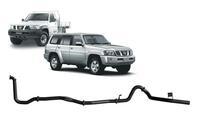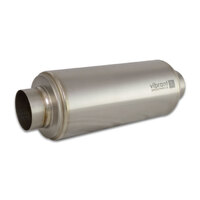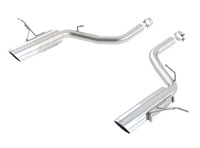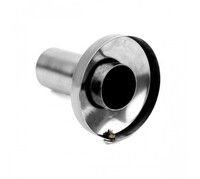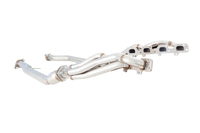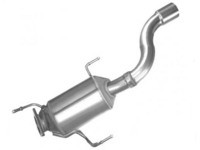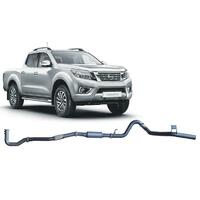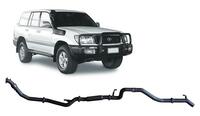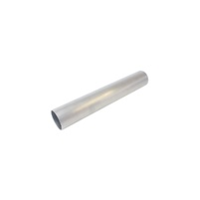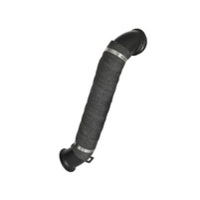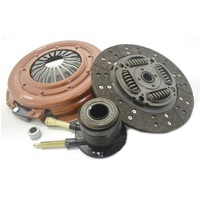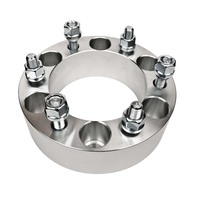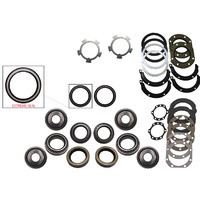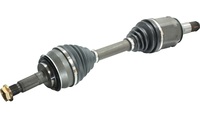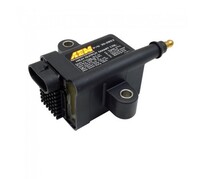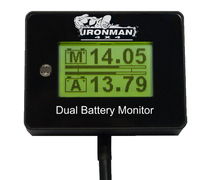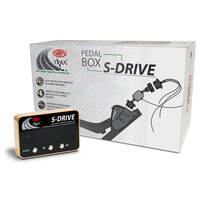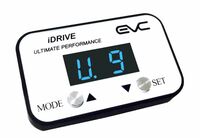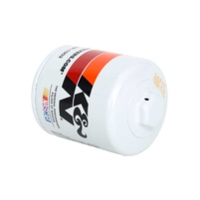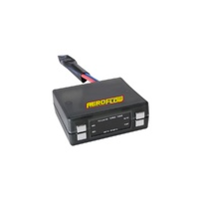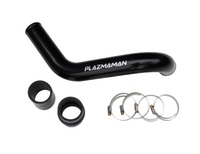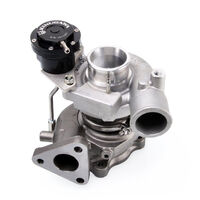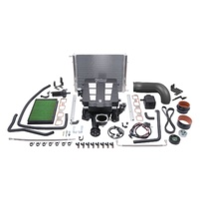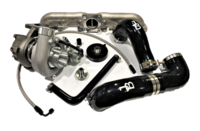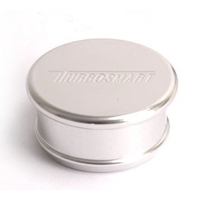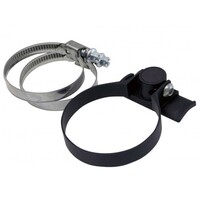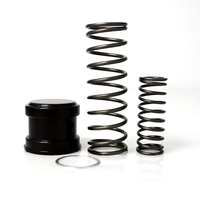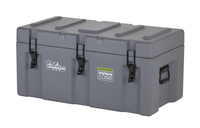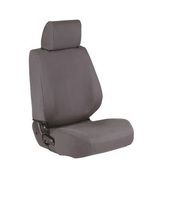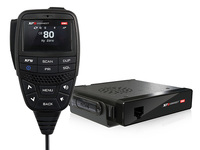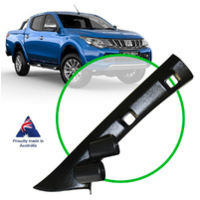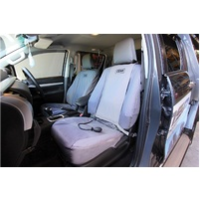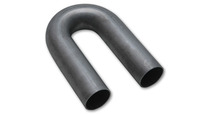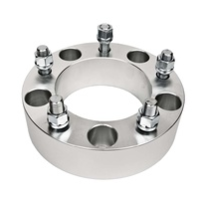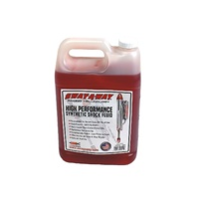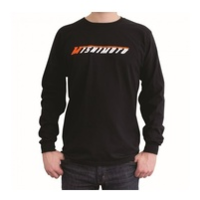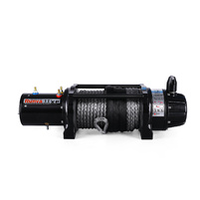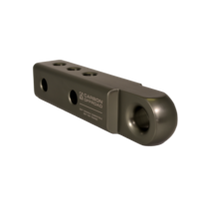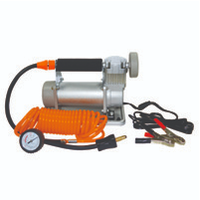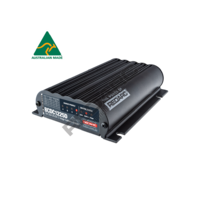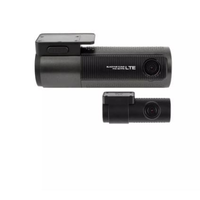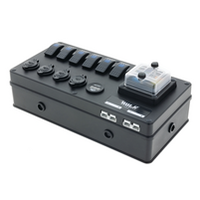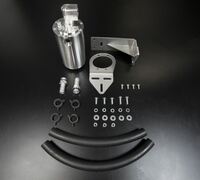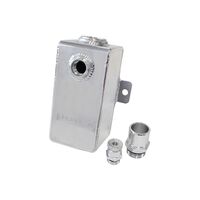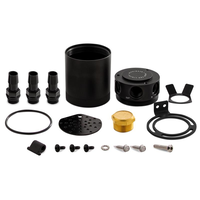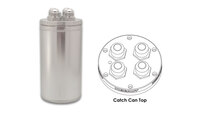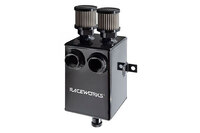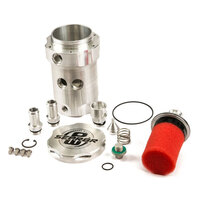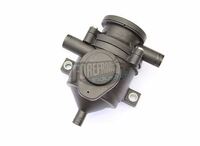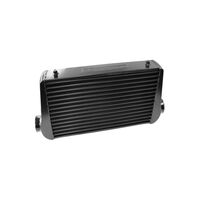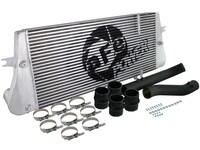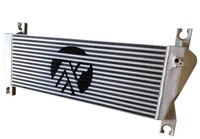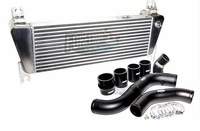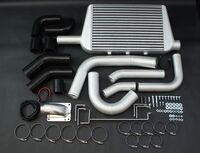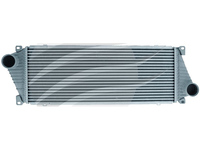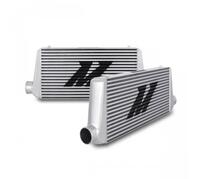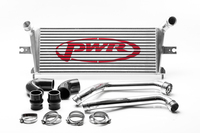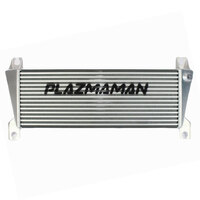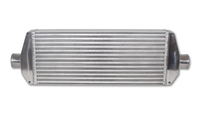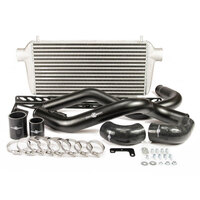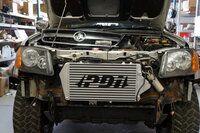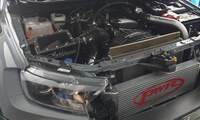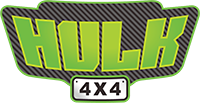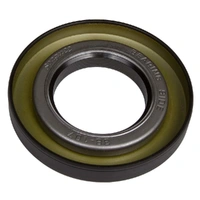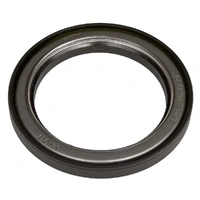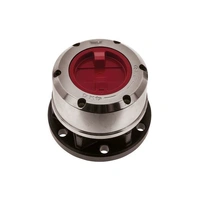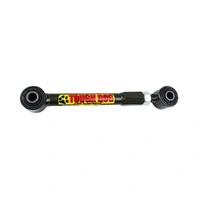Drivetrain
The drivetrain is the system that transfers energy from your engine to the wheels. It consists of the engine and the transmission. The engine creates energy and then sends the power needed to drive the vehicle to the transfer case. Next, the power is transferred to the wheels. The type of drivetrain you have will determine how the energy powers the wheels and how powerful your vehicle is on the road.
With a 4x4 vehicle, you’ll have either an all-wheel-drive (AWD) or a 4WD drivetrain, which means power is going to all four wheels. This is distinctly different from front-wheel drive (FWD) cars, where the power is sent to the front wheels – most cars come with a FWD drivetrain – and rear-wheel drive (RWD) cars. With RWD, the power goes to the back wheels. A lot of sports cars and racing vehicles use a RWD drivetrain.
With a 4WD vehicle, your engine works hard to send power to all of the wheels so you can move a large vehicle easily, even over rugged terrain. That’s the beauty of 4WD driving. That powerful drivetrain ensures your vehicle can handle almost anything, whether you’re hauling a heavy load or driving off-road. But, with a 4x4 vehicle, your drivetrain may also need special attention if you want to get the best performance out of your car.
Drivetrain parts for 4WD drivers
If you want to increase the performance of your 4WD vehicle, consider updating with the right aftermarket parts to enhance the drivetrain.
- Clutch Kits: The heart of the drivetrain, a clutch transfers the rotational power from the engine to the wheels. The right clutch kit can help you to achieve a smoother drive.
- Free wheel hubs: also known as locking hubs, these components give you better control over your wheels. You can lock or unlock the hubs depending on whether you want your vehicle to operate in 2WD or 4WD.
- Clutch Lines: These lines send fluid to your clutch, ensuring smooth operation. Over time, they can wear down, so replacing the clutch line can be a simple way to maintain your clutch's performance.
- Transmission Mount: If you push your vehicle to its limits, consider replacing your transmission mount. It supports the weight of your transmission and reduces vibrations from the drivetrain.
- Differentials: Create a smooth flow of power from the engine to the wheels with a 2-way 4x4 differential, ensuring both front and back wheels spin evenly.
Why aftermarket 4WD drivetrain parts perform better
With aftermarket parts, you can redesign your drivetrain, customising it to achieve the results you want. Especially if you like to push your vehicle like a lot of 4WD drivers in Australia do, or if you want to create a smoother drive and protect the clutch from wearing out, switching to aftermarket parts can help you to get more out of your engine and transmission while at the same time, protecting your drivetrain from unnecessary wear and tear. This is because you’re using the right parts for your driving style.
Shop aftermarket drivetrain parts online from 4X4 Mods
At 4X4 Mods Australia, we offer an impressive range of aftermarket clutch kits, free wheel hubs, and more, with over 5,000 parts available online. As a leading name in drivetrain solutions in Australia, we ensure that every car drivetrain component we offer meets the highest standards of quality and performance. Dive into our extensive collection and find the perfect 4x4 drivetrain solutions tailored to your needs.
FAQs
What is a drivetrain in a 4x4 vehicle?
The drivetrain refers to the group of components that deliver power from a vehicle's engine to its wheels. It includes the transmission, driveshafts, axles, and differentials.
How often should I inspect my 4x4's drivetrain?
Regular inspections are crucial for ensuring the longevity and performance of your drivetrain. It's recommended to check your drivetrain components every time you service your vehicle or before embarking on long off-road adventures.
What are the signs of drivetrain issues?
Common signs include unusual noises (like grinding or clunking) when the vehicle is in motion, difficulty shifting gears, and vibrations while driving. If you notice any of these, it's essential to consult a mechanic.
How do I maintain my drivetrain?
Regularly check and replace the transmission fluid, ensure that the differentials are lubricated, and inspect the driveshafts and axles for any signs of wear or damage. Also, always use high-quality parts when replacing any drivetrain component.
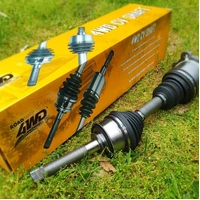
4WD CV Shaft Left or Right Hand Side - (Hilux KUN 03/05-15)
$161.95
$179.95
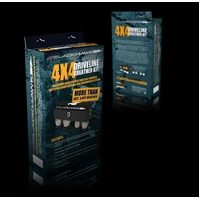
Blackhawk Driveline Diff Breather Kit 4 Port 1/8 BSP (Toyota/Nissan/Holden/Isuzu/Jeep/Mitsubishi)
$136.00
$160.00

Mitsubishi Diff Breather Adaptor (Triton/Pajero 10-21)
$20.40
$24.00
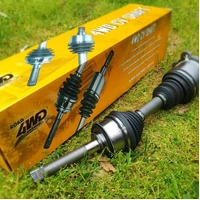
4WD CV Shaft Left or Right Hand Side - (Prado 120/150 03/03 - On)
$161.28
$179.20

4WD CV Shaft Left or Right Hand Side - (Hilux KUN 03/05-On)
$161.95
$179.95
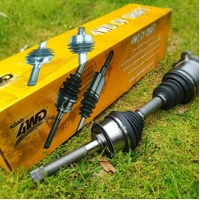
4WD CV Shaft Left or Right Hand Side - (Prado 120/150 03+)
$199.99
$266.65
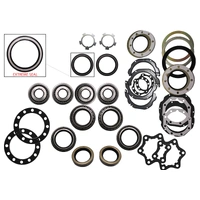
Swivel Hub Kit - Includes Wheel Bearings (Landcruiser 79/80/100/105 Series to end 2011)
$243.90
$271.00
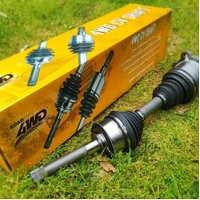
4WD CV Shaft Left or Right Hand Side - (Hilux Torsion Bar IFS 04/89 - 04/05)
$152.32
$179.20





